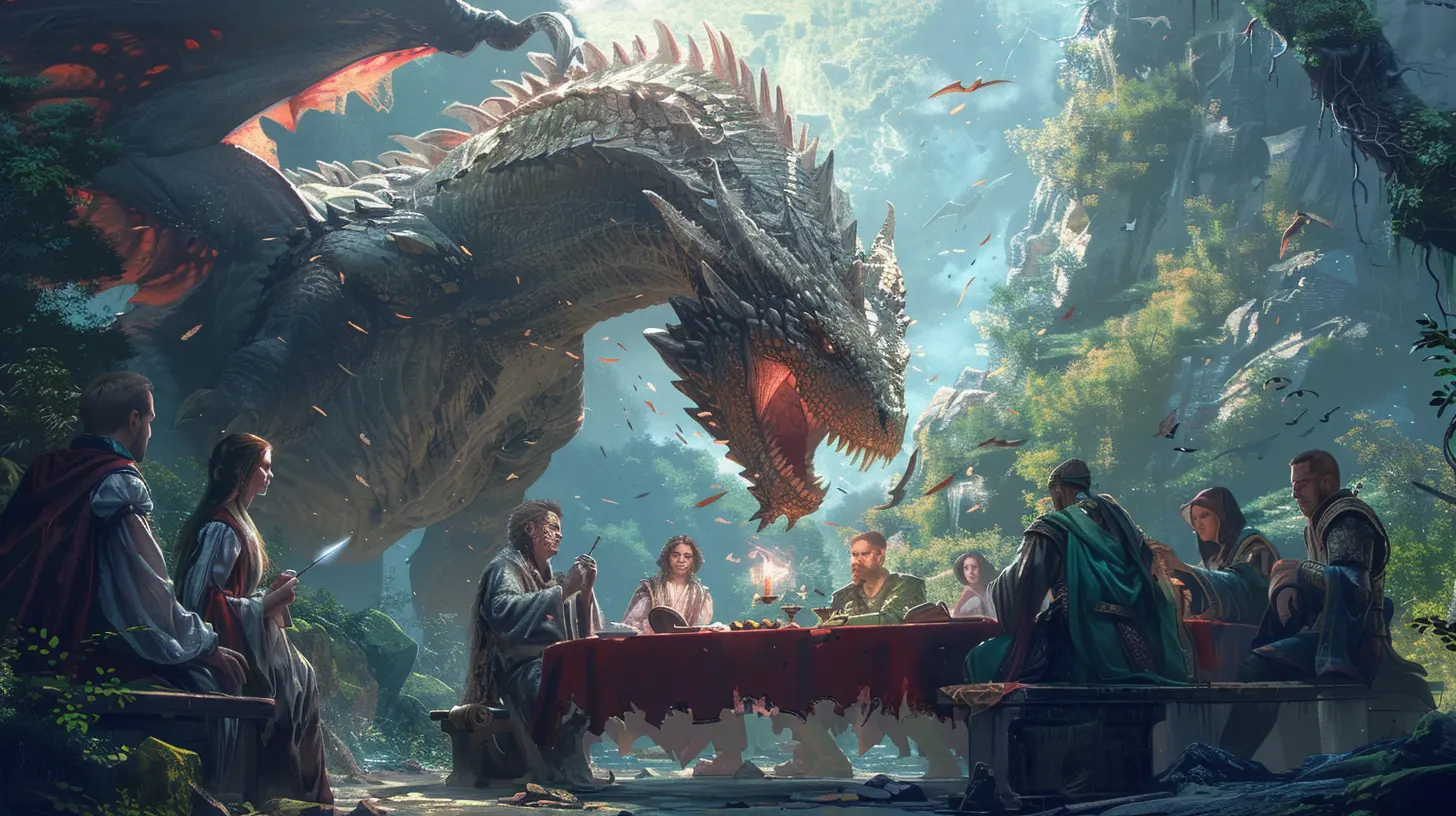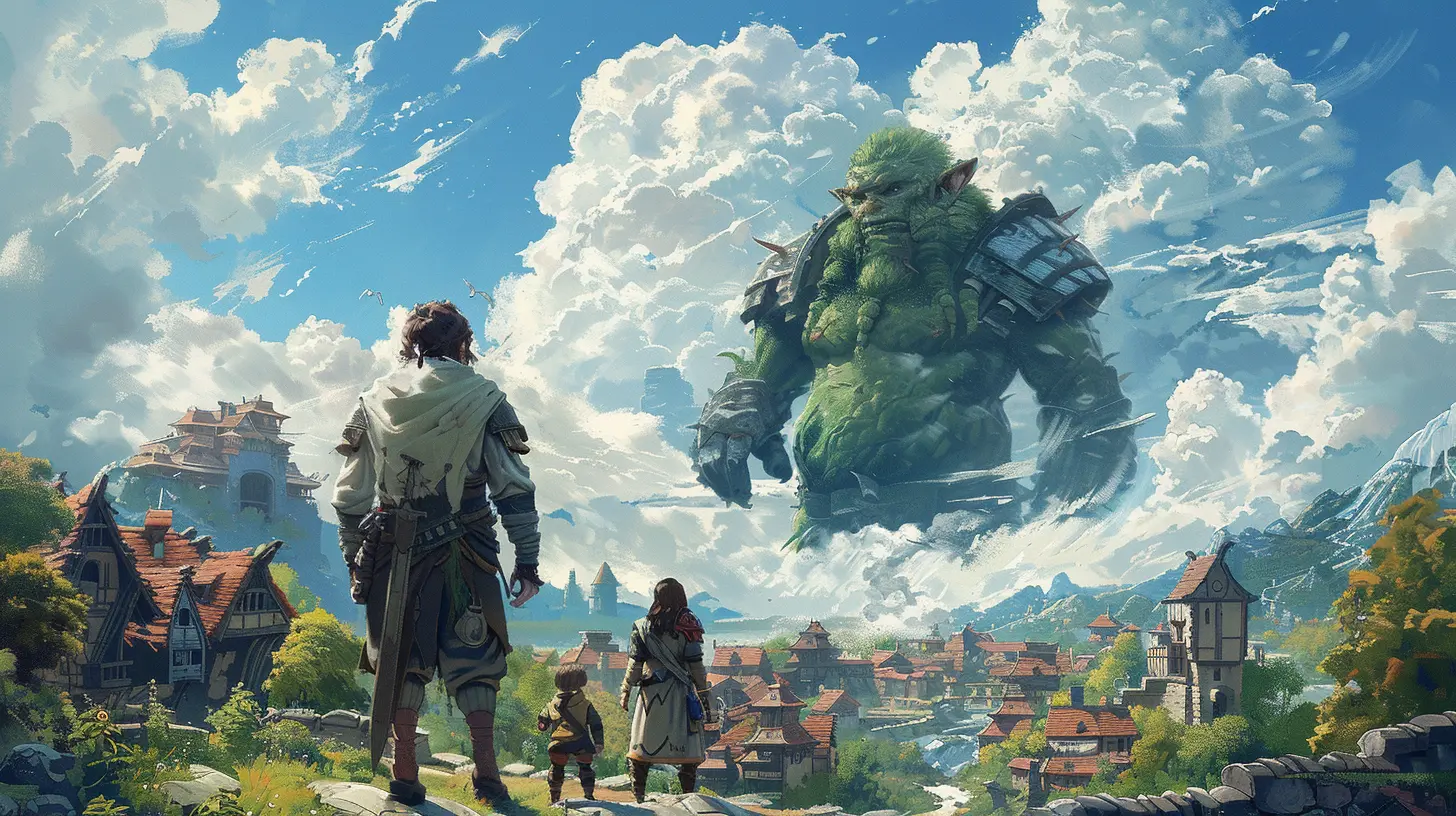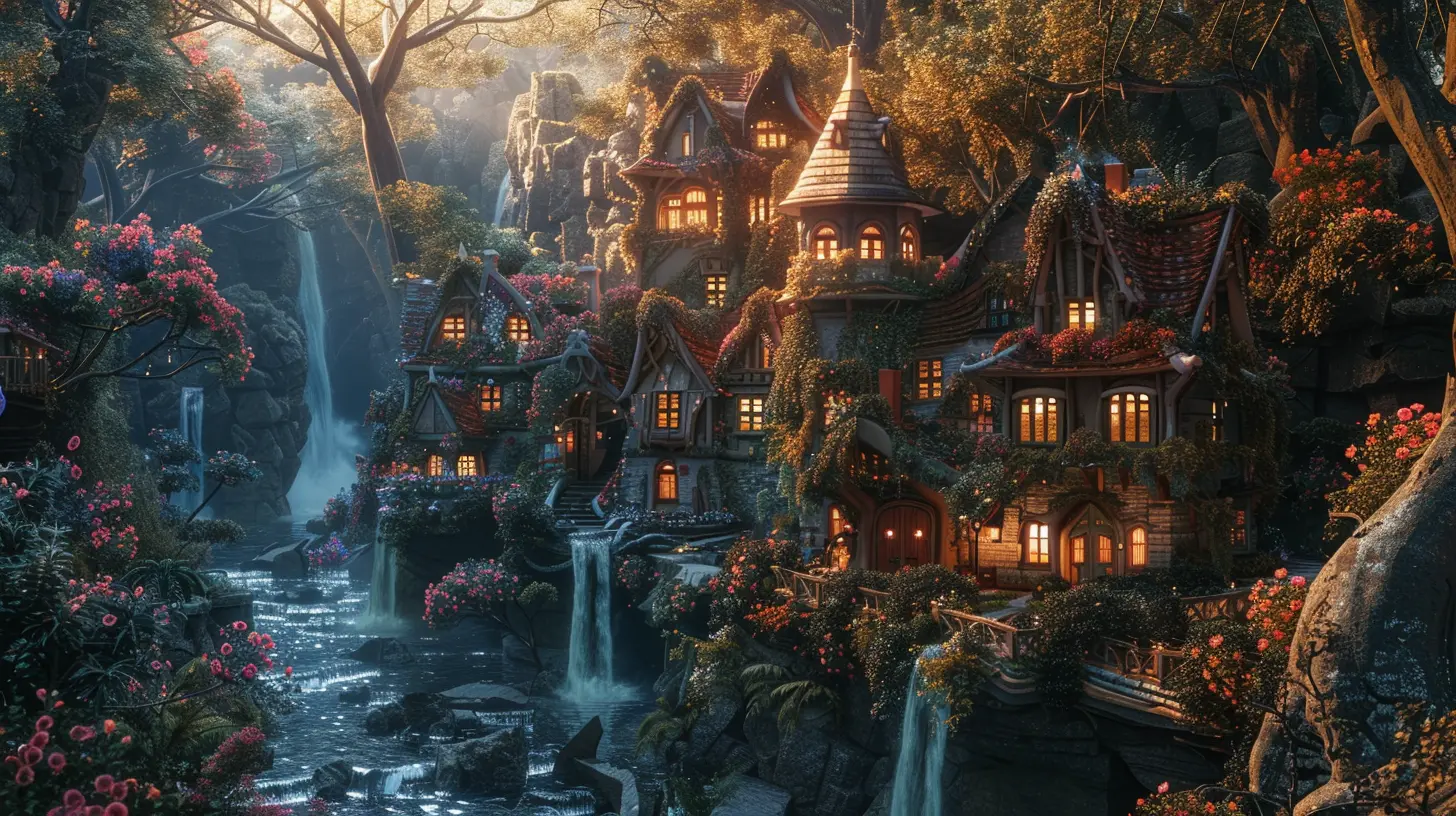Games That Raised Millions on Kickstarter and Why
19 September 2025
Crowdfunding has completely flipped the script for game developers over the last decade. Instead of going through big publishers for funding (and sometimes giving up creative control), creators can now go straight to players with their ideas. And platforms like Kickstarter? They’ve become game-changers—literally.
But here’s where it gets interesting: some game campaigns didn’t just get funded—they absolutely smashed their goals and raked in millions. So, what is it about these particular games that made backers throw their wallets at their screens? Let’s unpack the magic behind the biggest Kickstarter game successes and why they captured lightning in a bottle.
The Kickstarter Revolution in Gaming
Before diving into specific cases, let’s set the stage. Kickstarter launched in 2009, and it quickly became a new home for ambitious indie developers and even veteran game designers tired of traditional publishing models.It wasn’t long before backers realized they could actively shape a game’s future with their wallets. And the creators? They got to pitch wild, creative concepts without needing to play it safe. Win-win, right?
Now, let’s take a look at the games that shattered records—and expectations.
1. Star Citizen - The Out-of-This-World Fundraising Phenomenon
🏆 Funds Raised: Over $500 million (across Kickstarter and its own platform)
Star Citizen isn’t just one of the most-funded games on Kickstarter—it’s the highest-funded crowdfunding campaign of all time. Even though it started with a modest goal of $500,000 in 2012, it raised over $2 million on Kickstarter and continued crowdfunding on its own site.🚀 Why Did It Raise So Much?
- Big Promises: A massive open universe, complete player freedom, seamless space-to-ground travel—if you could dream it, Star Citizen promised it.- Chris Roberts’ Legacy: The creator of Wing Commander returning to the space sim genre? That had fans foaming at the mouth.
- Community-Driven Development: Backers felt like shareholders, getting frequent updates and even shaping how the game was designed.
It's not without controversy due to delays, but one thing's for sure—Star Citizen proved people are willing to pay big for massive dreams.
2. Shenmue III - The Nostalgia Train That Went Full Speed
🏆 Funds Raised: $6.3 million
When Yu Suzuki, the creator of the cult classic Shenmue series, said he wanted to finish the story, fans showed up in force. Shenmue III went live in 2015 and hit its $2 million goal in just 8 hours.🕹️ Why Did It Work?
- Nostalgia on Steroids: People had been waiting 15 years for a sequel. That kind of emotional attachment can’t be faked.- Name Power: Yu Suzuki is a legend. His involvement brought instant legitimacy.
- Stretch Goals & Fan Involvement: Every extra dollar added new features and areas, keeping momentum alive.
Sure, it didn’t wow critics when it finally launched, but that didn't stop it from becoming one of the biggest Kickstarter game wins ever.
3. Bloodstained: Ritual of the Night - A Spiritual Successor That Slayed Expectations
🏆 Funds Raised: $5.5 million
Castlevania fans, unite! When Koji Igarashi—former Castlevania producer—pitched Bloodstained in 2015, he promised a return to the beloved “Metroidvania” style gameplay. That was all the internet needed to hear.🧛 Why Did It Rock Kickstarter?
- Proven Track Record: Igarashi wasn’t some untested developer. His name carried weight—especially among a genre-starved fanbase.- Clear Vision: The pitch was focused, visually polished, and dripping with gothic charm.
- Smart Marketing: They offered brilliant tier rewards—limited editions, custom loot, even in-game cameos.
It delivered as promised. Fans got exactly what they expected, and Iga got to make his dream game without corporate interference.
4. Pillars of Eternity - Classic RPGs Reborn
🏆 Funds Raised: $4 million
In 2012, Obsidian Entertainment asked fans if they wanted a spiritual successor to Baldur’s Gate and Icewind Dale. The response? Heck yeah! The $1.1 million goal was reached in one day.⚔️ Why Was It So Successful?
- Back to Roots: In an era of shooters and action-heavy titles, this game promised rich storytelling and turn-based gameplay.- Developer Cred: Obsidian is behind games like Fallout: New Vegas and KOTOR II. RPG fans knew their stuff.
- Community Inclusion: Fans played a role in shaping lore, characters, and quests via stretch goals and feedback.
The result? A critically acclaimed hit that helped revive isometric RPGs.
5. Torment: Tides of Numenera - Philosophical RPGs Are Back
🏆 Funds Raised: $4.2 million
This was another nostalgia-fueled juggernaut. Anyone who played Planescape: Torment in the '90s knew what this game was about—deep writing, moral ambiguity, and choices that made you question your very soul.🧠 Why It Struck a Chord?
- Cult Following: Planescape Torment isn’t just a game—it’s a religion to some RPG fans.- Unique World: It offered a weird, philosophical, sci-fi setting unlike anything else.
- Strong Concept: InXile’s pitch wasn’t just emotional—it was intellectual. For gamers who like to think, this was gold.
While reviews were mixed, its success showed there’s a big market for smart, story-driven games.
6. Kingdom Come: Deliverance - Realism Over Fantasy
🏆 Funds Raised: $1.1 million
Warhorse Studios offered something very different with their game set in medieval Europe. No dragons, no magic—just pure historical accuracy and realism.⚒️ Why People Backed It?
- Unique Premise: Hardcore historical immersion was something few games attempted.- High-Quality Demo: Early footage looked brilliant and lifelike.
- Player Freedom: Multiple ways to approach quests, fights, and dialogues created massive replayability.
It paid off. Released in 2018, it went on to sell millions and become a sleeper hit.
7. Wasteland 2 - Post-Apocalyptic Goodness with Roots
🏆 Funds Raised: $3 million
Before Fallout, there was Wasteland. When Brian Fargo (one of the original creators) launched a Kickstarter to make a sequel in 2012, it became one of the platform’s first runaway successes.☢️ Why the Hype?
- Old-School Appeal: Real tactical combat and deep choice-driven gameplay.- Developer Cred: Fargo and InXile had the pedigree.
- Community Vibes: Kickstarting Wasteland 2 felt like helping a legend reclaim his throne.
Delivered with punch and polish, it reminded gamers why they fell in love with post-apocalyptic RPGs in the first place.
What These Games Have in Common—And What You Can Learn
Alright, so what’s the secret sauce? Let’s break down the common threads that bind these million-dollar games together:🔥 1. Nostalgia Sells
If your game has roots in a beloved franchise or genre, people are more likely to trust the pitch. Why? Because it taps into powerful memories and emotions.👥 2. Proven Talent Builds Trust
Gamers are more generous when they know the devs can deliver. A familiar name or studio helps bridge the trust gap instantly.📣 3. Engaging the Community Works
The most successful campaigns made backers feel like part of the dev team. Regular updates, polls, and livestreams = loyalty.🎁 4. Killer Rewards and Stretch Goals
Backers want more than just a game—they want recognition, swag, and exclusive content. Smart stretch goals keep the hype alive long after the goal is reached.🎯 5. Clear Vision and Transparency
The pitch needs to be razor-sharp. What’s the game about? Why is it different? How much is done already? If a campaign feels vague or bloated, it’s a hard pass for many.Final Thoughts
The biggest Kickstarter game campaigns didn’t just pitch games—they pitched experiences, dreams, and a chance to be part of something bigger. Whether it was an indie darling or a spiritual successor to a cult classic, these projects succeeded because they knew exactly what their fans wanted—and delivered it with passion.Crowdfunding may not guarantee a hit, but when executed right, it becomes more than fundraising. It becomes fan-building. And in today’s world, that’s worth its weight in gold-colored loot chests.
all images in this post were generated using AI tools
Category:
Kickstarter GamesAuthor:

Greyson McVeigh
Discussion
rate this article
1 comments
Holly Lamb
Who knew that a pixelated frog and a dream could raise more cash than your neighbor’s cat cafe? Kickstarters are like magic wands—snapping up quirky ideas and turning them into gold! Here’s to the wild, wacky, and wonderfully funded games that make our hearts skip!
October 14, 2025 at 3:58 AM

Greyson McVeigh
Absolutely! It’s amazing how creativity can transform unique ideas into successful ventures. Cheers to the power of crowdfunding!


